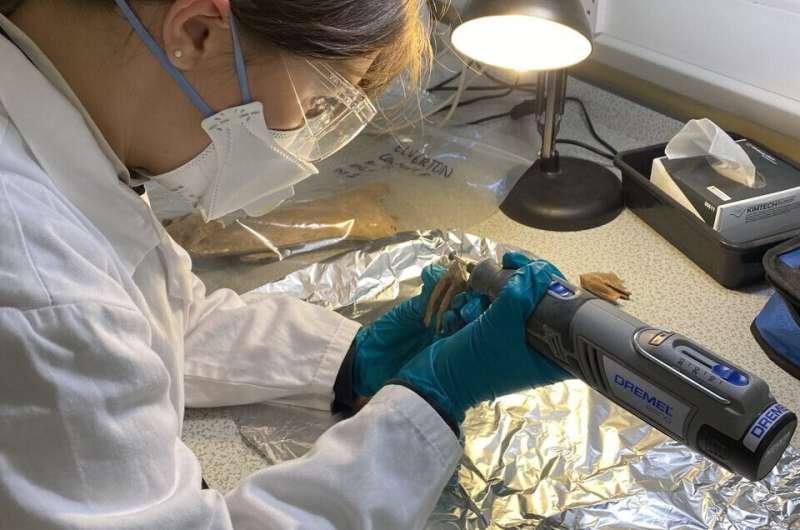In the heart of Westminster, London, lies a remarkable archaeological discovery that sheds light on the prestigious equestrian culture of medieval and Tudor England. Uncovered nearly three decades ago, a horse cemetery has emerged as a testament to the international horse trading practices of the elite during the late Middle Ages. Through advanced archaeological science techniques and meticulous analysis, researchers from the University of Exeter have unraveled the origins and journeys of these elite equine companions, revealing a fascinating narrative of status, prestige, and international commerce.
The Discovery of the Horse Cemetery
The excavation of the horse cemetery beneath modern-day Elverton Street in Westminster unveiled a trove of skeletal remains belonging to some of the most physically impressive horses of their time. Dating back to the 14th to 16th centuries, these animals were akin to modern supercars—sourced from across Europe for their height, strength, and prowess. Standing up to 1.6 meters tall, these majestic creatures were imported to England to serve as prized possessions of the medieval and Tudor elites.
Tracing the Origins of Elite Horses
Through innovative isotope analysis of dental remains, researchers were able to trace the geographical origins of the horses buried at the Westminster cemetery. The distinctive chemical signatures present in the horses’ teeth provided unprecedented insights into their international provenance. Contrary to previous assumptions, these horses were not bred locally but were sought after and acquired from various regions across Europe. From Scandinavia to the Alps, the origins of these elite equines spanned the continent, reflecting the extensive horse trading networks of the medieval era.
Elite Equestrian Practices
The research findings not only illuminate the origins of the horses but also shed light on their intended uses and roles within medieval and Tudor society. Analysis of dental wear patterns revealed the heavy use of curb bits—a hallmark of elite equestrianism, particularly in the context of jousting tournaments. The presence of bit wear and skeletal evidence of rigorous training and riding indicate that these horses were prized possessions, meticulously groomed for warfare, tournaments, and high-profile events.
The Sport of Kings: Jousting and Equestrian Prestige
Central to the narrative of elite equestrianism is the sport of jousting—a spectacle of chivalry, skill, and prestige. The excavation site’s proximity to the royal palace complex at Westminster suggests a link between the buried horses and the grandeur of jousting contests held in the vicinity. As symbols of status and power, these finely tuned equines represented the pinnacle of medieval horsemanship, showcasing the wealth and prowess of their noble owners.
Implications for Medieval Trade and Society
The revelation of an international horse trading network highlights the interconnectedness of medieval Europe and the significance of equine commerce in shaping societal hierarchies. The meticulous breeding, training, and procurement of elite horses underscored the value placed on equestrian prowess and the symbolic importance of horses in medieval culture. Moreover, the discovery challenges traditional narratives of insular and localized economies, revealing the cosmopolitan nature of elite consumption and trade.
The horse cemetery in Westminster stands as a testament to the enduring legacy of elite equestrianism in medieval and Tudor England. Through interdisciplinary research and cutting-edge archaeological techniques, scholars have unraveled the mysteries surrounding these magnificent equine companions, shedding light on their origins, uses, and significance within medieval society. As we peer into the past through the lens of horse trading and equestrian culture, we gain a deeper understanding of the complex dynamics of power, prestige, and commerce that shaped the medieval world.
